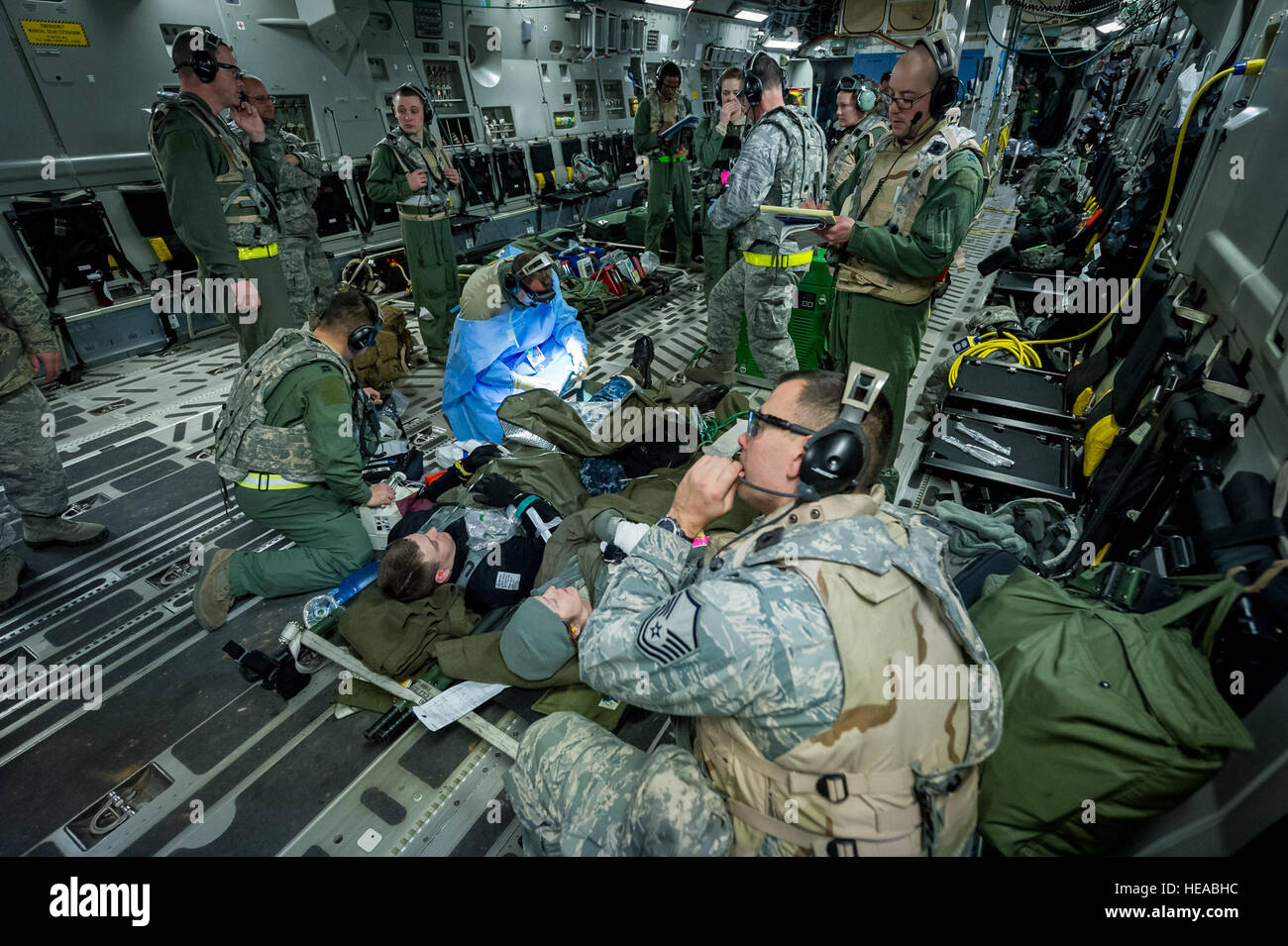
Idaho, specifically, also has a “Universal Do Not Resuscitate Order” for all adults once there are not enough ventilators to go around. Luke’s Health System, patients were being ventilated by hand - with a nurse or doctor squeezing a bag - for up to hours at a time while hospital officials worked to find a bed with a mechanical ventilator, said chief medical officer Dr. Other rationing comes with far more dire images. Some care rationing has already become commonplace during the pandemic, such as hospitals postponing elective surgeries or physicians switching to online visits. In short – yes, but it may not look the same as it does in New Mexico. INTERACTIVE MAPS: Tracking COVID-19 on the High Plains Those with a higher SOFA score generally have a lower mortality rate even among critical patients, so SOFA scores that are lower are given a higher priority: In that situation, patients are likely to be graded on “inclusion criteria” and a Sequential Organ Failure Assessment (SOFA) score to decide who has priority for ICU care. Tertiary Triage focuses on which patients will be admitted to the ICU. A medical expert would then help prioritize who will have use of the operating room, computerized tomographic (CT) scans, burn care, and other trauma resources. Secondary Triage would happen after patients are first seen and after immediate medical interventions. Care would be prioritized using the START and JumpStart guidelines, similar to EMS.

Primary Triage might happen at a hospital’s ER, a clinic, or another healthcare “access” point, for people who are not brought in by EMS services. Hospitals and acute-care facilities may need to expand to different out-of-hospital care and establish triage sites under CSC to handle a high number of patients.

Patients may initially be categorized using Immediate, Delayed, Minimal, Expectant (IDME) systems: First responders may use one of the triage systems in place for the state in order to prioritize care “START” for adults, “JumpStart” for children, and other situations possibly calling for “Alternate Triage, Treatment, and Transport Guidelines.” More information is likely in the coming days for how specific areas and hospitals will change procedures under CSC, but New Mexico published a CSC plan as recently as 2018 that may help prepare communities for what to expect.ĬSC guidelines from New Mexico detailed a “Clinical Concept of Operations” for CSC leadership to consider when these standards are needed, impacting topics such as:Įmergency Medical Services (EMS) and other pre-hospital care are expected to have guidance from NMDOH to have consistent care guidelines across the state. Will new variants of the coronavirus keep appearing?


 0 kommentar(er)
0 kommentar(er)
